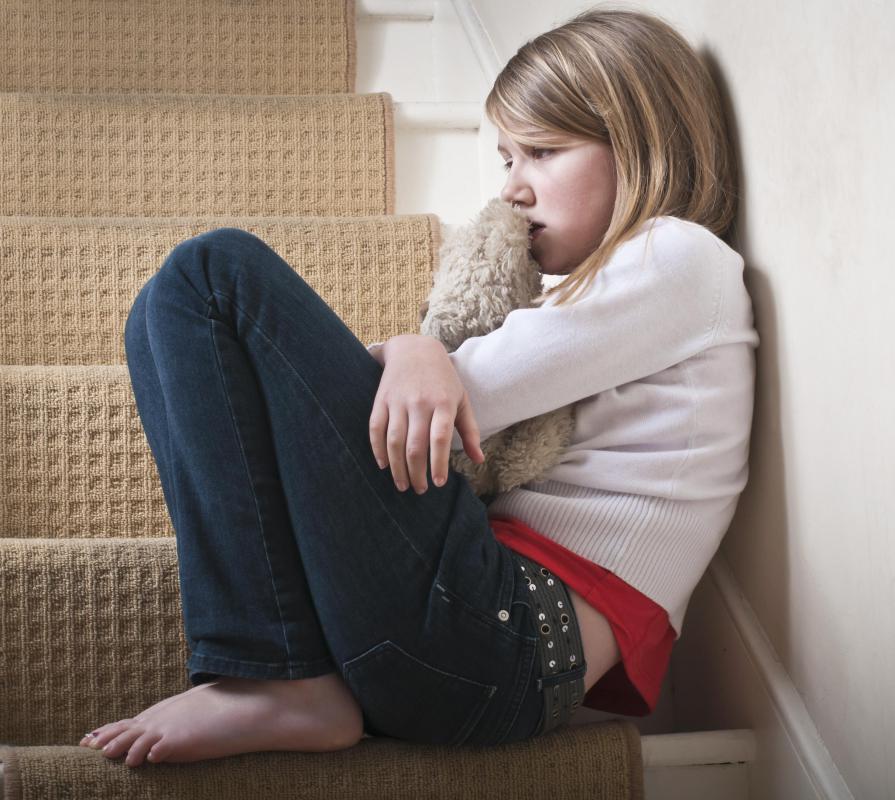At TheHealthBoard, we're committed to delivering accurate, trustworthy information. Our expert-authored content is rigorously fact-checked and sourced from credible authorities. Discover how we uphold the highest standards in providing you with reliable knowledge.
What Factors Affect Girls' Body Image?
Body image refers to a person’s regard for his or her physical attributes, which can in turn influence factors such as confidence and self-esteem. A negative body image is believed to be a factor in health issues such as eating disorders, although the actual level of influence is still not fully understood. In the late 20th and early 21st centuries, much attention was given to the factors that influence girls’ body image. Media images, in particular, were believed to exert a strong influence by suggesting an ideal body shape. Other factors may include input and feedback by peers and family and possibly even genetics.
In early childhood, a person’s awareness is mostly directed outward. Infants and young children learn about family, society, and their surroundings. Between the ages five and 10, children first become aware of their personal appearance and how it influences their interaction with others. At this point, gender roles and divisions come into play. Scientific studies have demonstrated that many girls in Western societies develop a negative body image at ages ranging from eight to 12. The veracity and cause of this change has been the subject of much discussion and debate among psychologists, media specialists, and feminists.

Visual communications media, particularly advertising, increase their appeal by employing models and attractive actors. In advertising, a common unspoken inference is that use of the advertised product will make the user more attractive or sexually appealing. Starting in the mid-20th century, there was some concern that these practices created an unrealistic and unattainable physical ideal. Books such as Naomi Wolf’s The Beauty Myth and Mary Pipher’s Reviving Ophelia suggested that media images can have a negative influence on girls’ body image. The idea is that girls unconsciously compare themselves to these images, find themselves wanting, and indulge in unhealthy practices, such as eating disorders, in an attempt to measure up.

Others have argued that this may be an oversimplification of the problem. With regard to life-threatening eating disorders such as anorexia and bulimia, there may be many social and psychological factors at work. It does appear, however, that media images can affect girls’ body image well into adulthood. A 2007 report by the American Psychological Association (APA) found that highly sexualized female imagery did influence the behavior and self-image of girls as young as five. The report added, however, that these media are often just reflecting and reinforcing dominant cultural ideas.

A later report, also by the APA, suggested that media images alone do not influence girls’ body image. Input from peers, both positive and negative, is also a factor. Comments from family members can be a strong influence, especially if these comments are negative or if the girl comes from a culture where respect for family is greatly emphasized. Finally, the school of thought known as evolutionary psychology ventures that even genetics may be a factor. By this theory, girls’ body image can be influenced by competitive instincts that date back to the primitive beginnings of the human race.
AS FEATURED ON:
AS FEATURED ON:













Discussion Comments
Reduce or limit refined carbohydrates and sugar intake, avoid caffeine and other stimulants, limit dairy products and red meat.
Post your comments